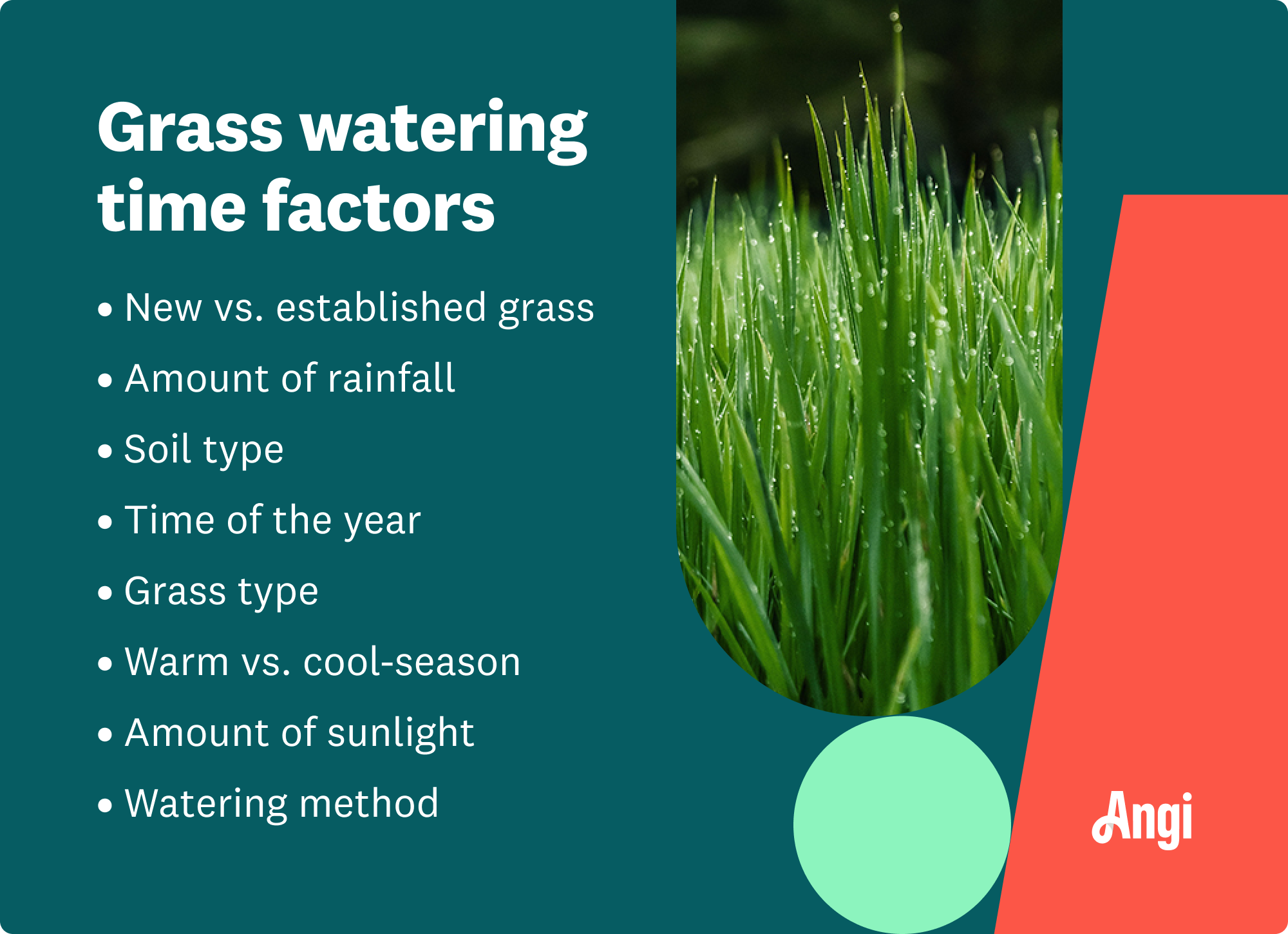
The average lawn mowing cost runs between $50 and $200 depending on factors like your lawn’s size and shape. Here’s what to expect.
Avoid backyard dust storms by nursing your soil back to health


Your lawn should offer a soft place to rest, play, and gather without the fear of kicking up dust clouds like a scene out of The Sandlot. Learn how to fix overly dry dirt in your lawn and make remedies to keep it healthy year-round. Whether your grass has stopped growing, your soil is dry and crumbly to the touch, or your lawn is not absorbing water, here's how to nurse it back to health.

Whether you need to restore your lawn back to health after a drought or simply get to the bottom of why the soil keeps drying out, begin by taking a close look at your soil's health. Make a note of:
Soil compaction: Dense soil that keeps water from penetrating to the roots of your grass and plants.
Overgrown thatch: A layer of thick, tangled organic material at the base of your grass.
Hydrophobia: When your soil no longer absorbs water, causing it to flow immediately off the surface of your lawn.
You can also opt for either a DIY soil test or hire a soil testing professional for a more extensive exam. Testing your soil will determine its pH, nutrient levels, and organic matter levels. In some cases, a perc test will also analyze the drainage of your soil and the soil's composition. Getting a sense of your lawn's primary issue will help you determine the next step.
Even if you know how to water your lawn on a good day, hydrophobic soil may need a helping hand. Wetting agents add surfactants to your water, allowing the moisture to spread out in your soil and stick around a bit longer. If you suspect signs of hydrophobia in your lawn, it's important to move slowly. Overwatering a dry lawn will lead to instant runoff and erosion.
Store-bought wetting agents will include specific instructions on how to balance water and the surfactant to safely fix overly dry dirt. In most cases, begin by applying either liquid or pellet forms of the wetting agent to the lawn mixed with water. Next, apply a thin layer of water to gently water the deeper layers of your soil without triggering runoff.
After the initial watering—whether you use a wetting agent or not—allow your soil to rest for two to three days. The initial water should have a chance to settle into the top layer of your lawn. Keep an eye on the forecast as well, as some wetting agents brands recommend application just before rain.

After several days, check out the moisture in your soil again to ensure it's fully dried from the first application. Your lawn should be ready for a deeper watering, preferably down to 1 or 1 ½ inches into the soil. As always, avoid watering your lawn at the sunniest part of the day or during extreme wind to avoid evaporation.
Lawn aeration is a lawn care method that removes small plugs of soil and grass to allow water, sunlight, and nutrients to travel further into the soil. While it's not recommended for fixing overly dry dirt in lawns without initial treatment, aeration is a great step after your initial watering process.
Rent, purchase, or hire a lawn aeration professional to access your choice of core or spike aerator. After a quick pass with the mower and adding another light layer of water, make your way across the lawn to delicately open up the soil.
It's time to water once again. With your soil aerated and ready to hold water, it's time to go for a slow, deep soak that reaches about two inches into the ground. After this watering, allow your soil to rest without traffic for about 48 hours.

At this point, your soil should be rejuvenated to its original lushness. However, trouble spots may require more help in times of ongoing drought or if you're entering the colder months. Apply a thin layer of compost, mulch, or a sand mix to your soil, particularly in areas struggling to bounce back.
The best way to avoid soil repair errors is to hire a yard care professional. These pros will be able to catch dry soil before it becomes hydrophobic.
You can also shift your DIY lawn care schedule to ensure your soil has the support it needs in difficult weather. As you're exploring how to fix overly dry dirt in your lawn, make a long-term game plan.
Water to a deeper level of your soil but less frequently to allow the soil to fully absorb the water.
Consider reseeding your lawn with a grass made for sandy soil.
Weed frequently to keep your grass from competing with other plants for water.
Mow your lawn once a week and only remove the top third of the blade.
Aerate your lawn at least once a year, typically in the shoulder seasons.

How do you know when your soil is too dry? The soil in your lawn should always feel soft and resilient to the touch, providing a cushion to your plants and your feet. Consider fixing overly dry dirt in your lawn when:
The soil crumbles in your hand when touched.
You observe divots or crumble around the roots of your grass.
Dry and uneven patches of dead grass appear around your lawn.
Watering your lawn only creates a stream of runoff instead of a wet lawn.
This being said, be careful not to confuse dormant grass for dead grass. In most climates, turfgrass goes dormant in the coldest months, typically turning yellow or brown in the process.
Repairing dry soil in your lawn can be a straightforward task, as long as you have the time to dedicate its slow revival. That being said, hiring a local lawn care team will allow you to skip the guesswork and avoid costly mistakes in the process. If your lawn continues to dry out after the steps above, it may be useful to search for a great lawn care company that can diagnose underlying problems plaguing your soil.
From average costs to expert advice, get all the answers you need to get your job done.

The average lawn mowing cost runs between $50 and $200 depending on factors like your lawn’s size and shape. Here’s what to expect.

Your total lawn care cost depends on several factors, including the type of service and lawn size. Our guide will cover what you can expect to pay for lawn care.

Artificial grass is a low-maintenance alternative to traditional turf. Learn how much artificial grass installation costs and what affects your price.

Will grass seed germinate on top of soil? Yes, and it’s the ideal way to start a new lawn. Find out how (and why) to plant grass seeds on top of soil.

Have you been wondering, “Why is my yard lumpy?” Learn about the likely causes of a bumpy yard and what you can do to flatten it out for good.

Find out when and how low to mow your grass to get a full, healthy lawn. Get tips for measuring, mowing frequency, and more with this handy guide.